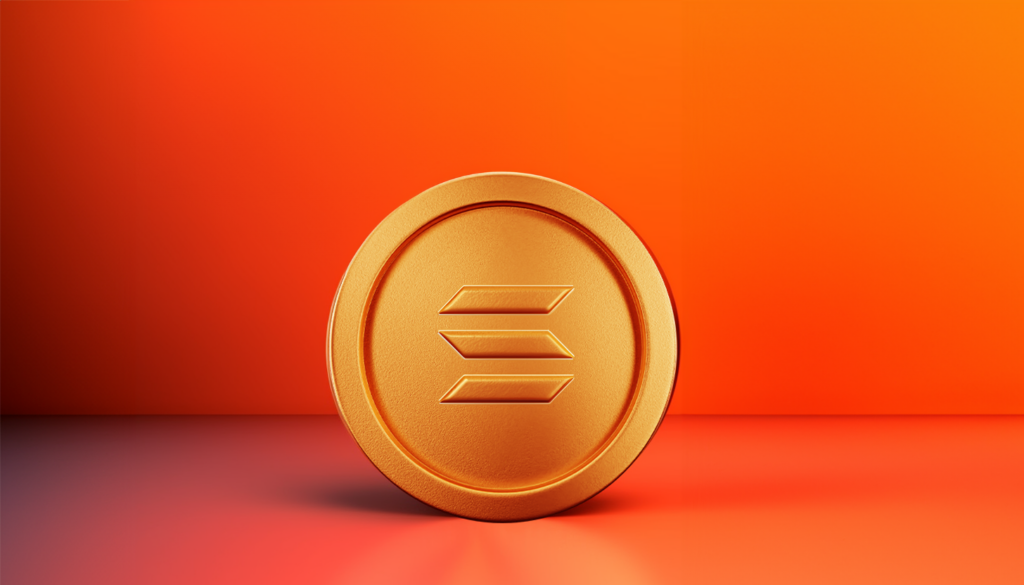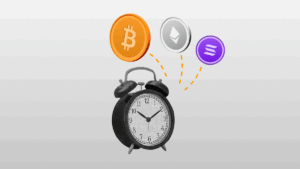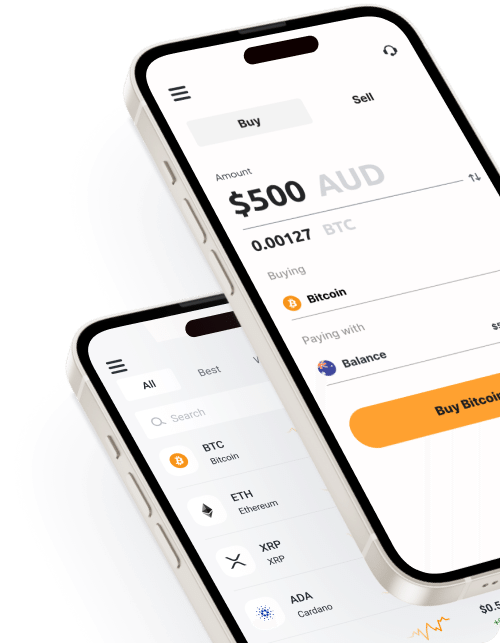
Key points
- What is Solana? A high-speed, low-cost blockchain.
- How it works: Solana’s unique features like Proof of History.
- NFTs on Solana: A new frontier for digital art and collectibles.
- Why choose Solana? Speed, low fees, scalability, and eco-friendliness.
- Potential risks and criticisms: A balanced perspective on Solana.
- What drives Solana’s price?: Some of the factors that impact Solana prices.
- Getting started: Your guide to buying and storing Solana.
- What’s next for Solana?: Projects and developments on the horizon.
What is Solana?
Solana, named after a sunny California coastal town, is a blockchain platform designed for high-performance applications, with an impressive capacity for fast transactions and low fees. Launched in March 2020, Solana has set itself apart through its unique technology and user-friendly ecosystem.
How it works
Solana brings several innovative features to the table:
Proof of History
Solana uses Proof of History to create a historical record that proves that an event has occurred at a specific moment in time. It’s the backbone of Solana’s quick transaction processing.
Architecture
Solana is built for scale, featuring a high-performance structure capable of handling up to 65,000 transactions per second with room for more as technology improves.
Smart contracts
Smart contracts on Solana work much like they do on Ethereum, but with the added benefit of high-speed data storage and lower transaction costs.
NFTs on Solana
Solana’s fast, low-cost environment has made it an attractive platform for NFT projects. From art to gaming, Solana is increasingly becoming the platform of choice for digital assets and collectibles.
Why choose Solana?
Here are some stats to consider:
- Speed: Solana currently handles up to 65,000, far outpacing Ethereum’s 15-30 TPS.
- Low fees: With fees as low as $0.00038 per transaction, Solana is much cheaper than older blockchains, including Ethereum’s variable (and often high) fees.
- Scalability: Built for expansion, accommodating a growing number of users and projects. With over 96,000 out of 110,180 tokens launched in one month alone, and the majority of launches in 2024.
- Eco-friendly: Uses around 1.6 watts of electricity per transaction, much lower than other leading blockchains.
Potential risks and criticisms
Solana is not without drawbacks:
- Network instability: Occasional network outages, like the 5-hour one in February 2024, and the 17-hour outage in December 2020, have raised concerns about Solana’s reliability.
- Centralisation risks: Critics argue that Solana is less decentralised than other blockchains, potentially making it more vulnerable to attacks.
- Unproven long-term scalability: While it boasts high speeds and low costs now, there are questions about how well it will handle extreme scalability in the future.
- Security: As a newer blockchain, Solana is still proving its long-term security compared to older networks like Bitcoin and Ethereum.
What drives Solana’s price?
Cryptocurrency is a volatile asset and can be subject to sharp declines over short timeframes. However, a number of factors can drive Solana’s price.
- Politics and regulation: Crypto-friendly policies, like those introduced by President Trump in 2024, have boosted the cypto industry, including Solana. Anti-crypto policies can equally depress crypto prices.
- Altcoin season: “A rising tide lifts all boats.” After major cryptos like Bitcoin surge, investors historically also explore altcoins like Solana. For example, after the 2020 Bitcoin surge, the altcoin market grew over 1,950%, with SOL’s price rising significantly. However, past performance is not always a guarantee of future performance.
- Institutional adoption: Investments like PayPal’s use of Solana for its USD stablecoin (PYUSD) highlight rising institutional interest. Adoption through exchange traded funds (ETFs) may also significantly increase Solana’s value.
Explore technical analysis to better understand crypto markets.
Getting started with Solana
Ready to jump in? Here’s your roadmap:
- Buying Solana: You can buy SOL on bitcoin.com.au
- Storing Solana: Buying Solana on bitcoin.com.au automatically creates a secure wallet in which you can store your crypto. For long-term storage, hardware wallets are also a great option.
- Making transactions: The Solana network makes it simple to send and receive SOL, usually settling transactions in seconds.
Future outlook
At Solana’s recent Solana Breakpoint, two major upgrades were announced:
Firedancer: Currently in testing, Firedancer demonstrated up to 1 million TPS in test environments, highlighting Solana’s scalability potential.
Frankendancer: Already live; this upgrade improves performance and stability.
Conclusion
Solana is carving out its own space in the blockchain world with unique features that offer high speed, low costs, and an increasingly vibrant ecosystem. Whether you’re an investor, a developer, or just blockchain-curious, it’s worth watching this space.
FAQ
What is Solana?
A blockchain network known for its speed and low transaction costs.
How do I buy SOL tokens? Solana can be purchased on major cryptocurrency exchanges.
Is Solana eco-friendly? Yes, it’s designed to be more energy-efficient than many other blockchains.
What are the risks of using Solana? Potential risks include network instability and questions around long-term scalability.
Further Reading 📚
For those keen to dive deeper into Solana, here are some awesome resources:



